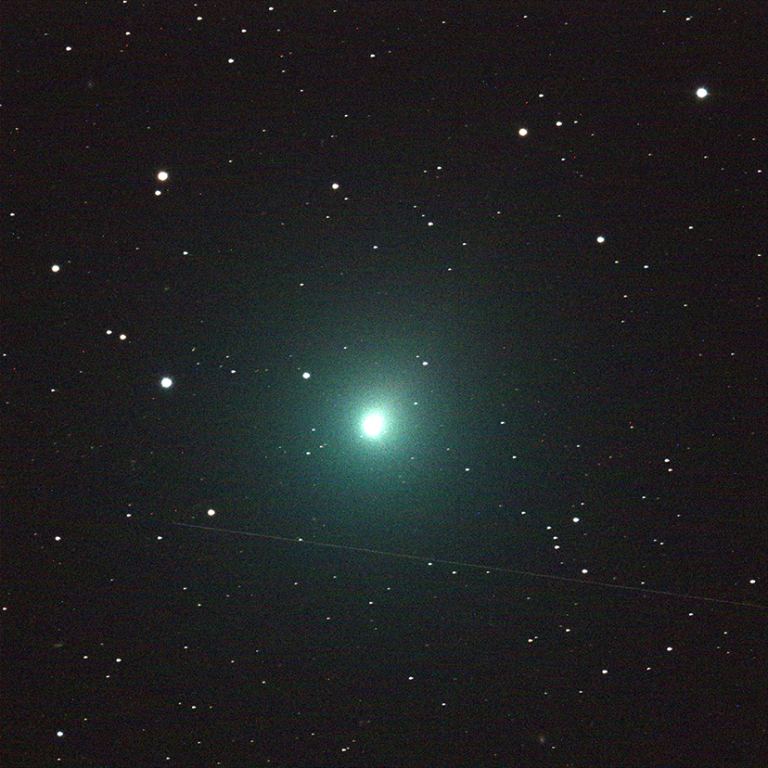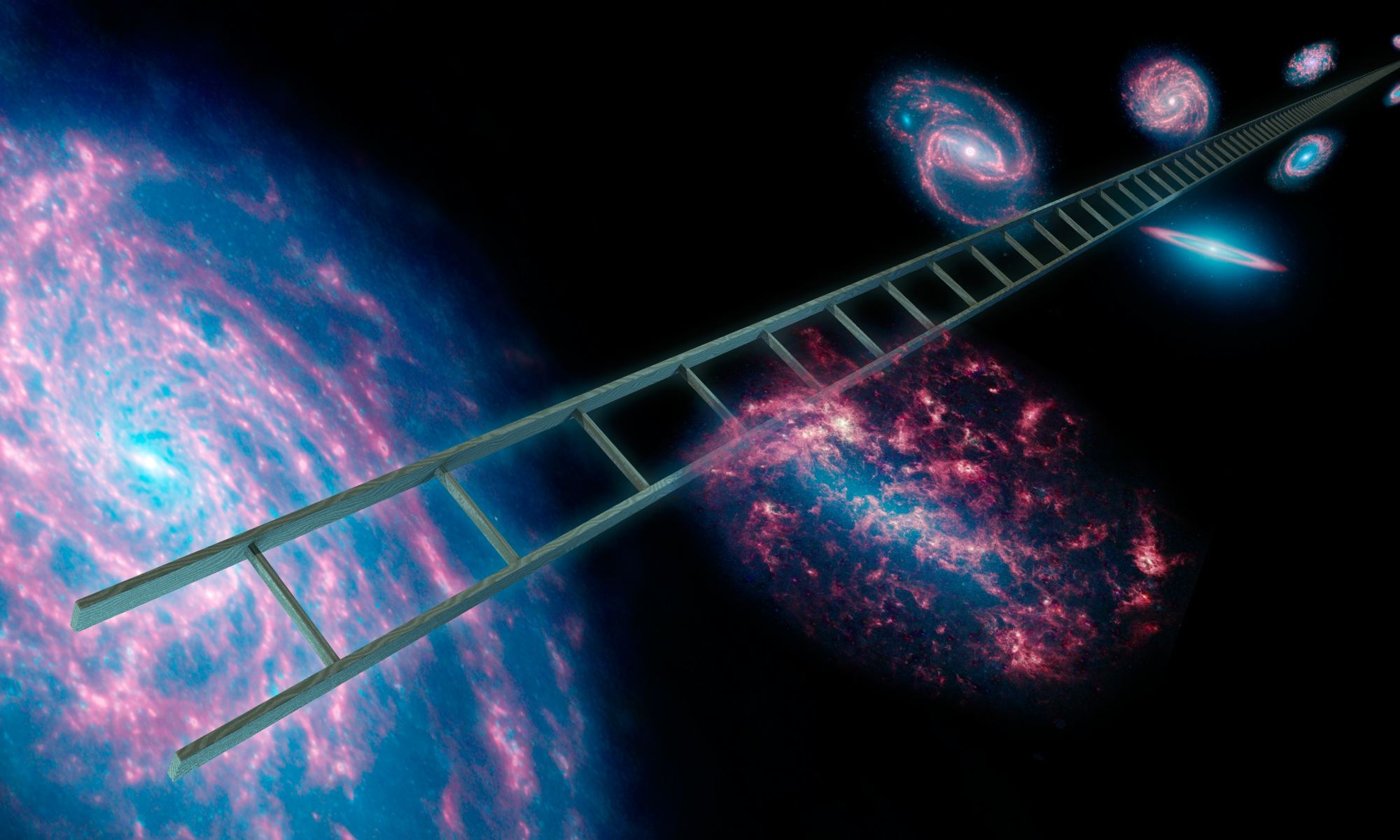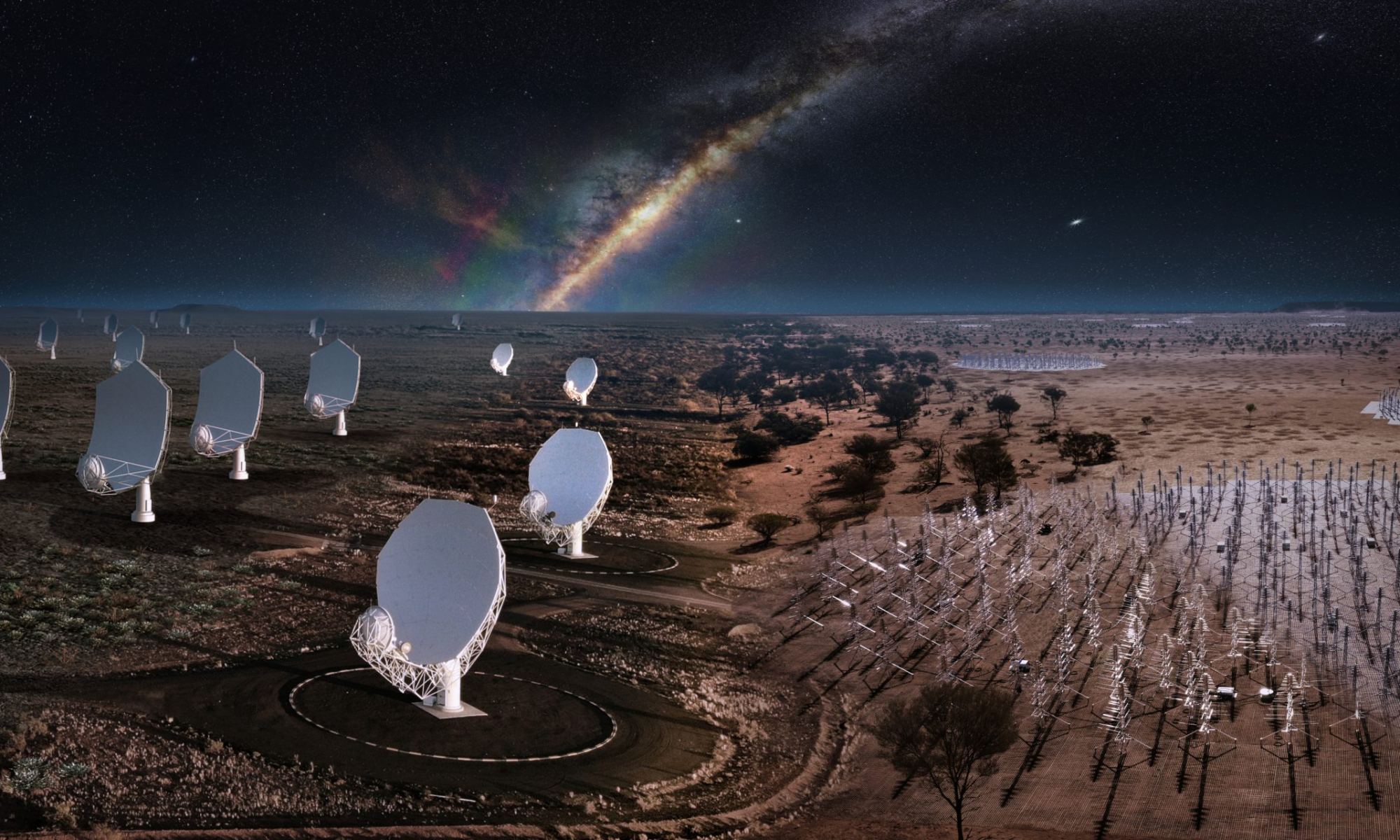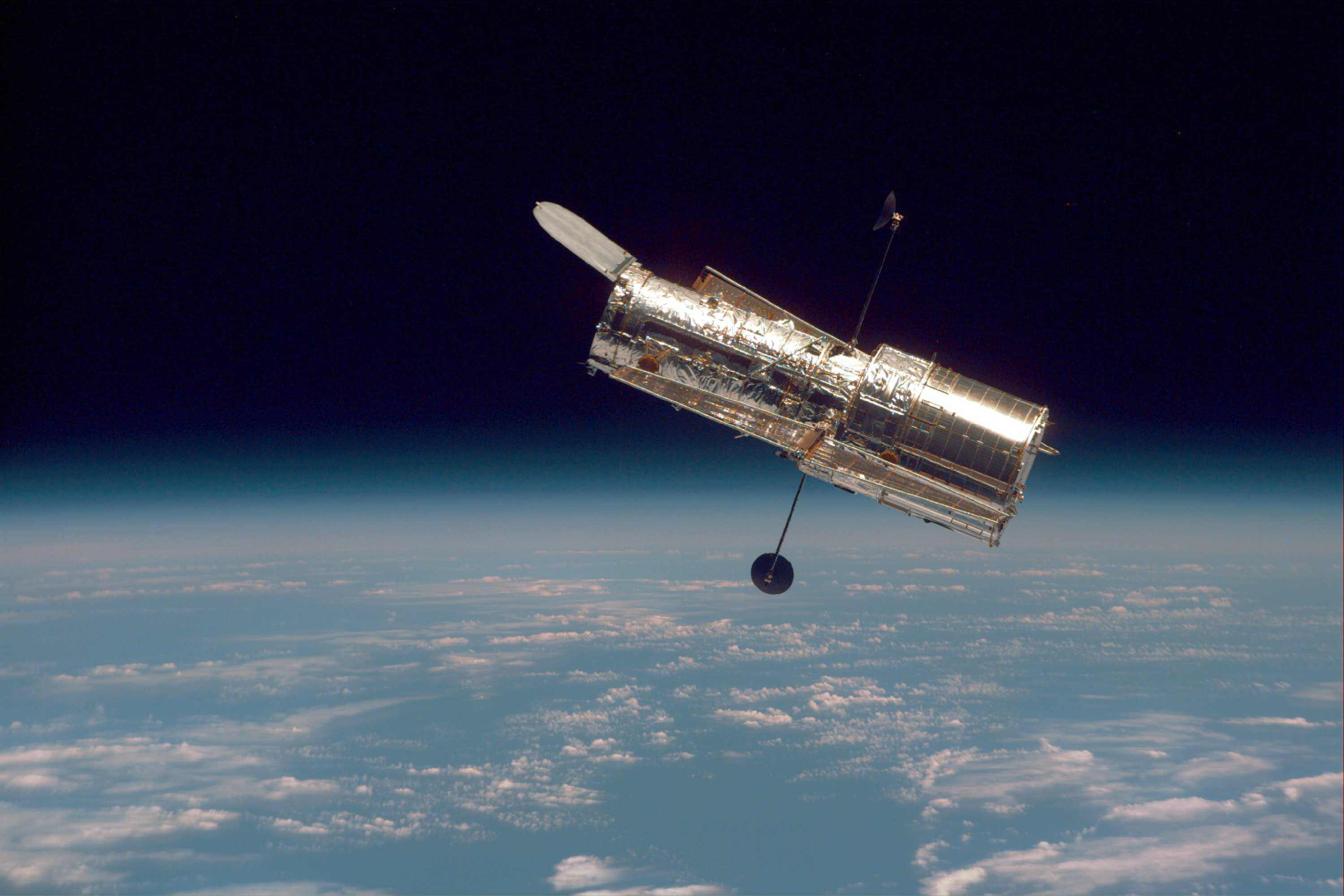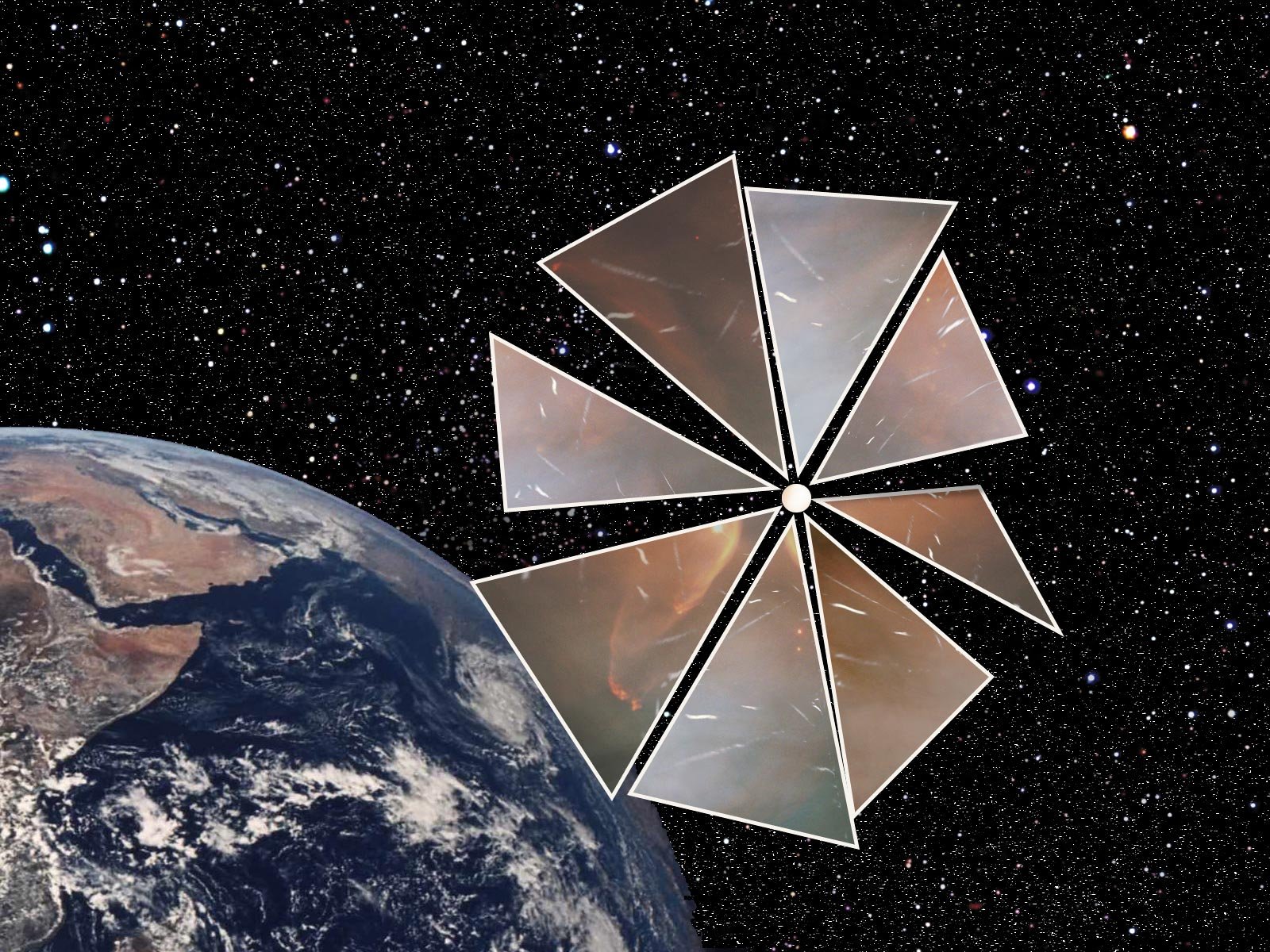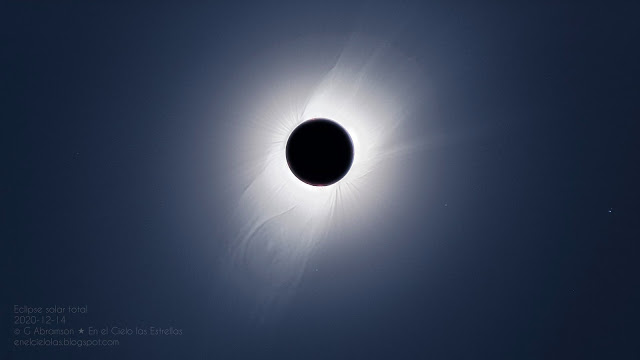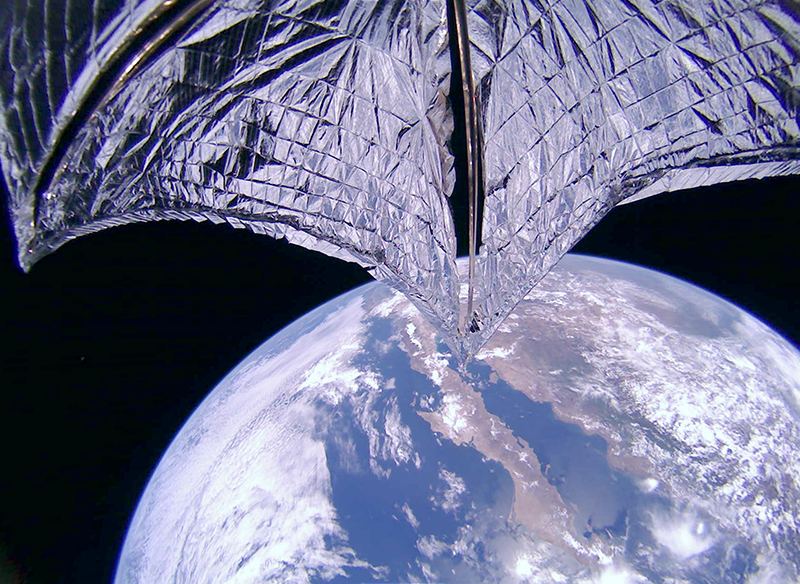A close pass of Comet Wirtanen in 2018 offered researchers an unprecedented opportunity.
Comets are full of surprises. Not only do they often under- or very occasionally over- perform versus expectations, but they also offer a glimpse of the remnants of the very early solar system. In December 2018, astronomers had an unprecedented opportunity to study one of these relics of the early solar system up close as Comet 46P/Wirtanen sped by Earth just 30 times the Earth-Moon distance (7.1 million miles away) on its closest passage for this century.
Continue reading “Tales of a ‘Drunken Comet’- Astronomers Detect Alcohol Leaking From 46P/Wirtanen into Space”
